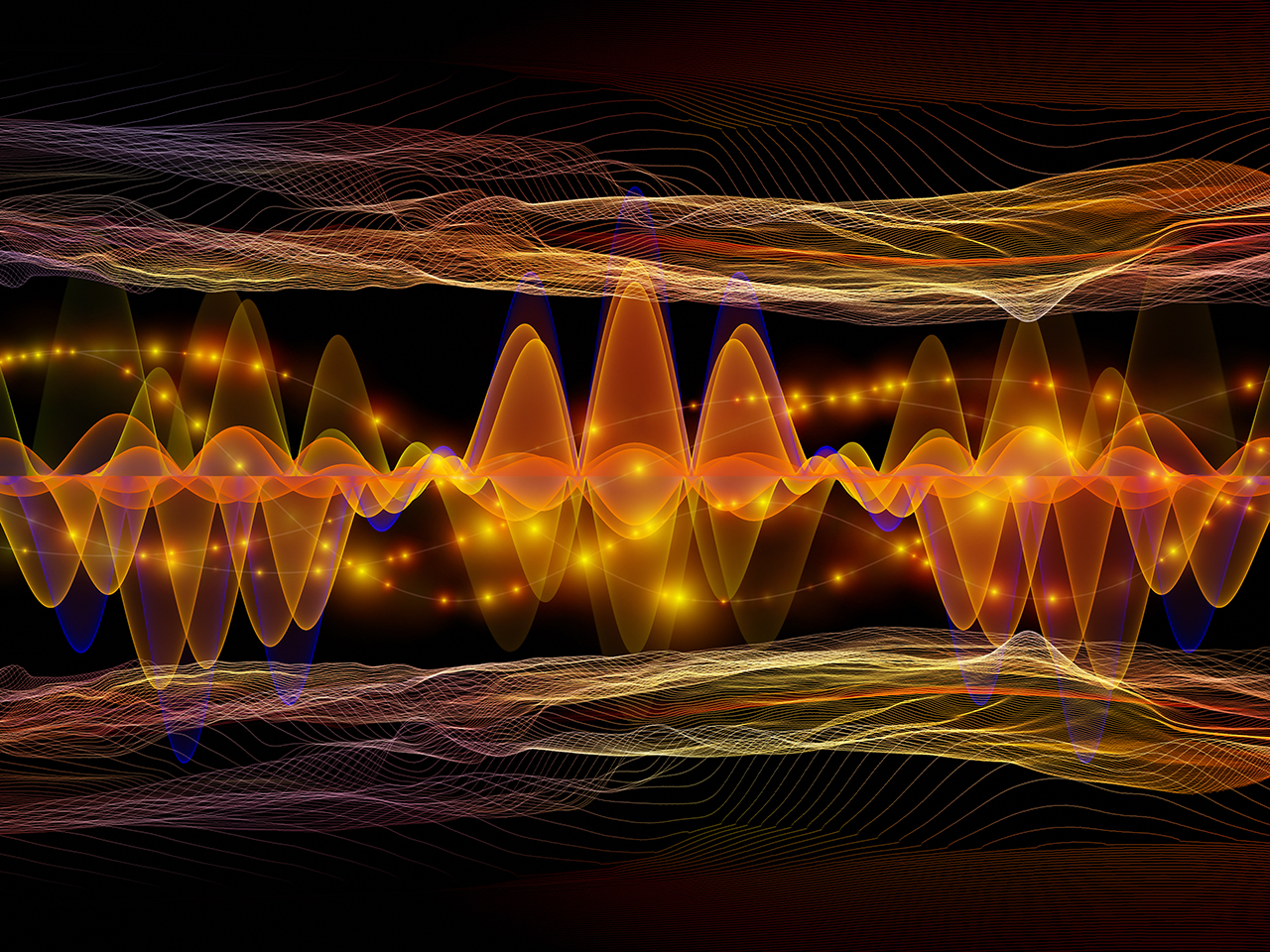An international society is recognizing an Illinois State University undergraduate student’s work with two faculty members who are legends in the field of laser physics.
The Optical Society of America (OSA) will highlight the research of the University’s Distinguished Professors of Physics Q. Charles Su and Rainer Grobe with junior Austin Penwell. The society, with members in more than 100 countries around the globe, chose a recent paper by ISU’s Intense Laser Physics Theory Unit (ILP) for inclusion in the publication Spotlight on Optics.
“The OSA publishes eight different journals out of which a board of editors chooses two publications as ‘spotlights,’ giving them special recognition concerning breakthrough results in optical physics,” said Dr. Su, co-director of ILP. The article, “Transition between coherent and incoherent chirping mechanisms in electron-positron pair creation” originally appeared in the Journal of the Optical Society of America.
Penwell, a junior physics major from O’Fallon, Illinois, didn’t see himself as a researcher when he transferred to Illinois State. “I had no idea I’d be able to pursue research and even publish papers as an undergraduate,” he said. It was when he joined the ILP after meeting Grobe and Su that a new world opened up to Penwell. “Working with ILP has given me a lot of valuable experience and has shown me more of what it’s like to be a real physicist, even though I’m still an undergraduate student. It’s showing me what path I could choose for my future.”
The article explores high-intensity laser pulses and the “time-reversal symmetry property.” Grobe describes the property in terms of a child on a swing. “If a parent pushes a child on a swing, then the motion usually depends on the specific manner (force and frequency) of pushes the parent applies,” he said, noting that the swinging motion will be different if the parent pushes hard and frequently at first, or if instead the parent pushes in a time-reversed way—slowly ramping up pushing intensity and frequency. “Surprisingly the final energy that the child can gain from the pushes, does not depend on the precise time sequence in which the pushes were originally applied to the swing.”
The team at ILP used computer simulations to demonstrate for the first time the time-reversal property of nature’s lowest energetic quantum state—the vacuum. Much like a parent pushing a child on a swing, high-intensity laser pulses interact with the vacuum in the simulations. “The data revealed surprisingly that the amount of final energy absorbed by the vacuum from the laser does not depend on the time sequence of the pulses,” said Grobe. “This finding might help the experimental design of laser pulses with the ultimate goal to convert light directly into matter in the form of matter/antimatter particles from the vacuum.”

